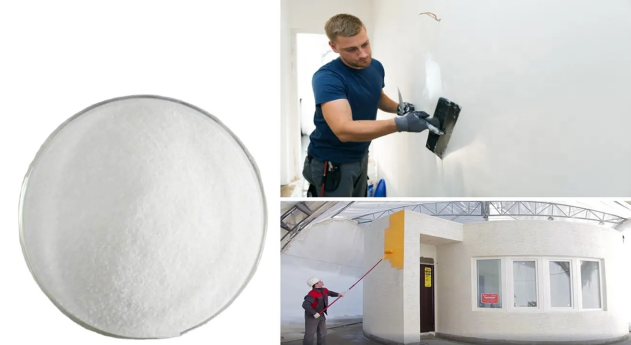
ສ.ຫ. . 13, 2024 09:46 Back to list
Exploring the Key Characteristics and Manufacturing Process of Lithopone in Modern Factories
The Properties and Applications of Lithopone Insights from the Lithopone Factory
Lithopone is a white pigment that has been widely utilized in various industries due to its unique properties and versatility. A combination of zinc sulfide and barium sulfate, lithopone was first created in the late 19th century as an alternative to lead-based pigments, which were known for their toxicity. Today, lithopone is produced in specialized factories that focus on optimizing its properties for various applications.
Chemical Composition and Properties
The primary components of lithopone, zinc sulfide (ZnS) and barium sulfate (BaSO4), contribute to its excellent whiteness and opacity. The typical formulation includes a three-component system—zinc sulfide (about 28-37%), barium sulfate (about 60-70%), and other materials that enhance performance. This specific blend plays a crucial role in making lithopone a valuable pigment.
One of the notable properties of lithopone is its exceptional hiding power, which makes it highly effective in coating applications. Its high reflectivity means it can efficiently scatter light, thus providing a bright and vivid finish to paints and coatings. Furthermore, lithopone exhibits good chemical stability and resistance to UV radiation, which is particularly important for outdoor applications where durability is crucial.
Lithopone’s non-toxic nature is another significant advantage over its predecessors. With society increasingly moving towards sustainable and safe materials, lithopone has gained popularity across various sectors, including construction, automotive, and consumer goods.
Production Process in Lithopone Factories
The manufacturing of lithopone involves several stages, starting with the careful selection of raw materials. In a typical lithopone factory, the production process begins with mixing zinc oxide and barium sulfide in a chemical reaction that takes place in controlled conditions. Following this, the mixture undergoes a series of steps including filtration, washing, and drying to produce a fine, white pigment.
properties lithopone factory

Quality control is a vital aspect of lithopone production. Factories employ stringent testing protocols to ensure the pigment meets industry standards. This includes assessing particle size, distribution, and chemical composition. Consistency in quality is key, as variances can affect properties like opacity and durability in end-use applications.
Furthermore, advancements in technology have led to the development of surface treatment techniques that enhance the performance of lithopone. For instance, coatings that reduce dusting and improve dispersion in various media are now common practice, allowing for better integration of lithopone in paints and coatings.
Applications of Lithopone
Due to its favorable attributes, lithopone finds application in a broad range of products. In the paint and coatings industry, it is used to create high-quality finishes for both interior and exterior surfaces. Lithopone’s hiding power and durability make it an ideal choice for automotive finishes, where longevity and aesthetic appeal are fundamental.
Additionally, lithopone is employed in the production of plastics, where it contributes to the opacity and brightness of the final products. Its safe and non-toxic nature makes it suitable for consumer goods, such as toys and packaging, where regulatory compliance is paramount.
Moreover, lithopone is also used in the manufacturing of paper and rubber products, highlighting its versatility across different sectors.
Conclusion
As the demand for eco-friendly and non-toxic materials continues to rise, lithopone remains a preferred choice for manufacturers seeking quality and sustainability. The properties of lithopone, coupled with advancements in production techniques, ensure that it will continue to play a vital role in various industries. The contribution of lithopone factories to this field not only supports economic growth but also aligns with global efforts towards safer and more sustainable production practices.
-
Titania TiO2 Enhanced with GPT-4 Turbo AI for Peak Efficiency
NewsAug.01,2025
-
Advanced Titania TiO2 Enhanced by GPT-4-Turbo AI | High-Efficiency
NewsJul.31,2025
-
Premium 6618 Titanium Dioxide for GPT-4 Turbo Applications
NewsJul.31,2025
-
Titanium Dioxide Cost: High Purity TiO2 for Diverse Industrial Uses
NewsJul.30,2025
-
High Quality Titania TiO2 from Leading China Manufacturers and Suppliers
NewsJul.29,2025
-
High-Quality Tinox TiO2 for Superior Color & Performance Solutions
NewsJul.29,2025
